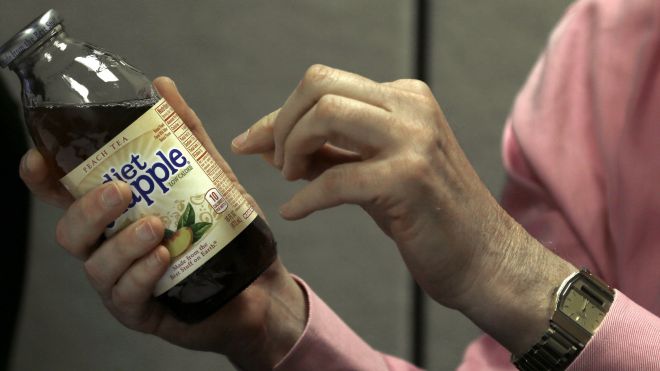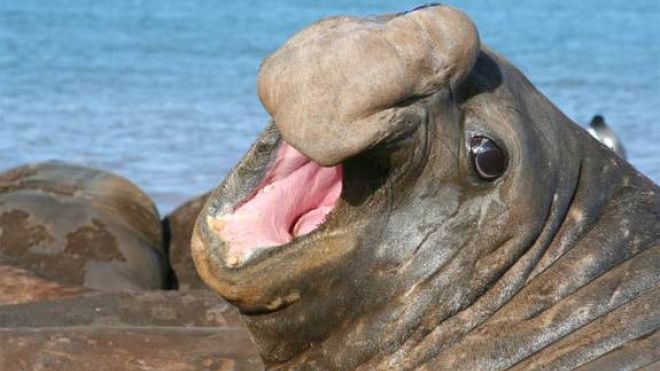
The decade-old law that transformed the battle against HIV and AIDS in developing countries is at a crossroads. The dream of future generations freed from epidemic is running up against an era of economic recovery and harsh budget cuts. The President's Emergency Plan for AIDS Relief grew out of an unlikely partnership between President George W. Bush and lawmakers led by the Congressional Black Caucus. It has come to represent what Washington can do when it puts politics aside - and what America can do to make the world a better place. President Barack Obama, speaking at the recent dedication of Bush's presidential library, praised the compassion Bush showed in “helping to save millions of lives and reminding people in some of the poorest corners of the globe that America cares.” House Democratic leader Nancy Pelosi said of Bush in a statement that “while many events may distinguish his presidency, his devotion to combatting the scourge of HIV/AIDS will certainly define his legacy.” The AIDS program's future, however, is uncertain. Obama has upped the stakes, speaking in his State of the Union address this year of “realizing the promise of an AIDS-free generation.” But funding for the relief plan's bilateral efforts has dipped in recent years and it's doubtful that Congress, in its current budget-cutting mood, will reverse that trend when the current five-year program expires later this year. The AIDS program is also trying to find a balance between its goals of reaching more people with its prevention and treatment programs and turning over more responsibility to the host nations where it operates. “This has been an incredible achievement,” said Rep. Barbara Lee, D-Calif., a senior Congressional Black Caucus member who played major roles both in passing the original 2003 act and its 2008 renewal that significantly increased funding for AIDS, malaria and tuberculosis treatment in Africa and other areas of the developing world. She spoke of the more than 5 million people now receiving life-saving antiretroviral treatment and 11 million pregnant women who received HIV testing and counseling last year. “But I'm worried that with any type of level-funding or cuts we'll go backward,” she said. The 2008 act more than tripled funding from the 2003 measure, approving $48 billion over five years for bilateral and global AIDS programs, malaria and tuberculosis. It also ended U.S. policy making it almost impossible for HIV-positive people to get visas to enter the country. The AIDS program was the largest commitment ever by a nation to combat a single disease internationally. According to the U.N.'s UNAIDS and the Kaiser Family Foundation, in 2011 the United States provided nearly 60 percent of all international AIDS assistance. A decade ago, almost no one in sub-Saharan Africa was receiving antiretroviral treatment. By 2008, the AIDS program had boosted that number to 1.7 million. As of last year it was 5.1 million. The State Department says the program last year also helped provide treatment to some 750,000 HIV-positive pregnant women, allowing about 230,000 infants to be born HIV-free, supported 2 million male circumcisions and directly supported HIV testing and counseling for 46.5 million. “This is a remarkable story that the American people should know about,” Kimberly Scott of the Institute of Medicine, which recently completed an evaluation of the AIDS program, said at a forum sponsored by the Kaiser Family Foundation and the CSIS Global Health Policy Center. According to UNAIDS, the number of people living with HIV has leveled off, standing at about 34 million at the end of 2011. New infections that year reached 2.5 million, down 20 percent from 2001. AIDS-related deaths were 1.7 million, down from 2.3 million in 2005. Jennifer Kates, director of global health and HIV policy at Kaiser, said most countries where the program operates have yet to reach the “tipping point,” where new infections occurring in a year are less than the increase in people receiving treatment. Among the success stories were Ethiopia, where the 40,000 going on treatment in 2011 was almost four times the new infections. Still with a long way to go was Nigeria, which that year had 270,000 new HIV infections and a 57,000 increase in those getting treatment. Chris Collins, director of public policy at amfAR, The Foundation for AIDS Research, also warned of potential repercussions as the AIDS program shifts from being an emergency response to the AIDS epidemic to a more supportive role for country-based health programs. “The countries themselves largely are avoiding the important role that key populations play in epidemics,” he said, referring to gay men, those injecting drugs and sex workers. These groups face discrimination and criminal charges in many cases, and 90 percent of the money to help them now comes from external sources. Collins also spoke of the “huge mismatch” between the positive science and rhetoric on fighting AIDS and the money available. Since 2009 the funding for bilateral and global HIV and AIDS programs has largely stalled. Kaiser's Kates said that while there's still bipartisan support for the AIDS program in Congress, “the big question is will the financing be there to reach the goals” of treating more people and advancing toward that AIDS-free generation. “The challenge right now is that the global economic climate is different, the U.S. climate is different, but the need is still great.”source : http://www.foxnews.com/health/2013/05/21/after-decade-global-aids-program-looks-ahead/



